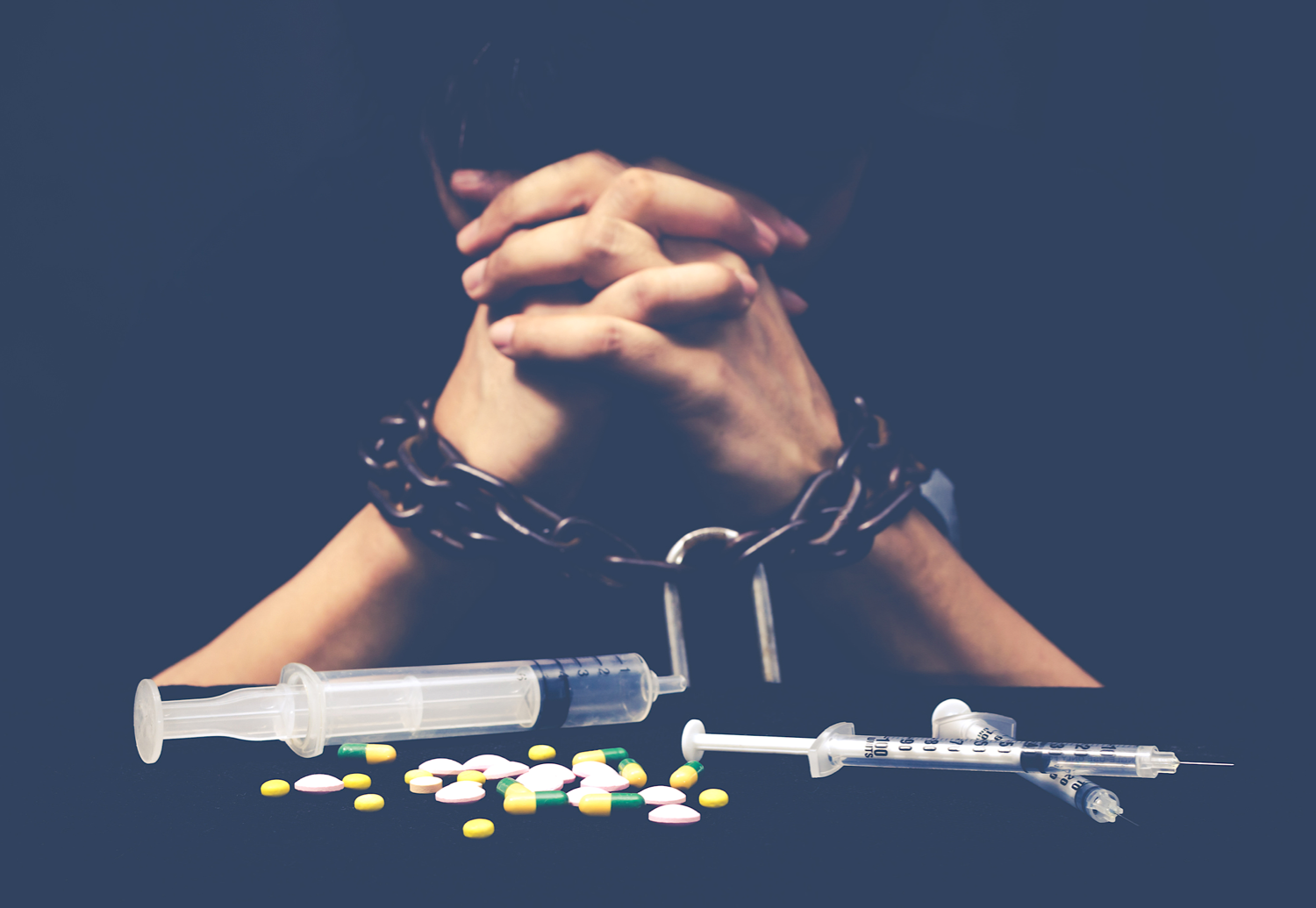When the pain is much more severe than normal-like a painful operation or a severe injury, the body’s endorphins are normally not produced in a quantity that is able to sufficiently reduce the pain. The solution now being used by the medical establishment is to give opiates. The opiates trigger the same responses in the body as the endorphins, and the person feels relief and, depending on the dosage, even a feeling of euphoria. For most people, if they take opiates for a short period of time and then stop taking them, their withdrawal is not severe, and many don’t experience any of the more severe withdrawal symptoms.
The real problem is when a person takes opiates for a longer period of time; they are more likely to become physically dependent. They have to have the opiate to control the pain or the fear of the pain or addiction disease. They have to have the opiate for the feeling of pleasure it provides and will do anything, no matter how destructive to them or others, to obtain the opiate.
Each opiate user will experience different reactions. However, we know that as more opiates are used, the body starts to produce less and fewer endorphins. The body’s natural response to pain, the production of endorphins, lessens and increasingly, the only way for a person to deal with pain is to take opiates. We also know that most people develop a tolerance for opiates. This means that in order for the opiate to have the desired effect, more and more opiates must be taken. This can create a very dangerous health situation for the opiate user. (One of the serious side effects of opiate abuse is a respiratory failure which can rapidly lead to death.)
Most of us don’t realize it, but our daily pains and disappointments are greatly affected by endorphins. Opiates cause the body to lessen or stop the production of endorphins. If the person suddenly stops or greatly reduces their intake of opiates, the body is now defenseless to pain, and many unpleasant symptoms can result. Most people experience sweating, uncontrollable diarrhea, vomiting, and severe depression, along with any pain that the opiate was masking. It is interesting that in many cases, the addicted person may find that the pain they originally took the opiate to control is no longer there, but they will likely experience the other symptoms.
Fortunately, most people will begin producing natural endorphins again and, if the withdrawal from opiates can continue, generally in a few weeks, the body’s normal ability to deal with both pleasure and pain is restored. However, these few weeks can be a hell on earth for the addicted person.
Without the assistance of a quality medical detox facility, 95% of the people who try to stop taking opiates find the withdrawal unbearable, and they again become addicted to opiates. However, in a quality medical detox facility, everyone can safely and, in most cases, much more comfortably withdraw from opiates and take the first step towards regaining their life.

